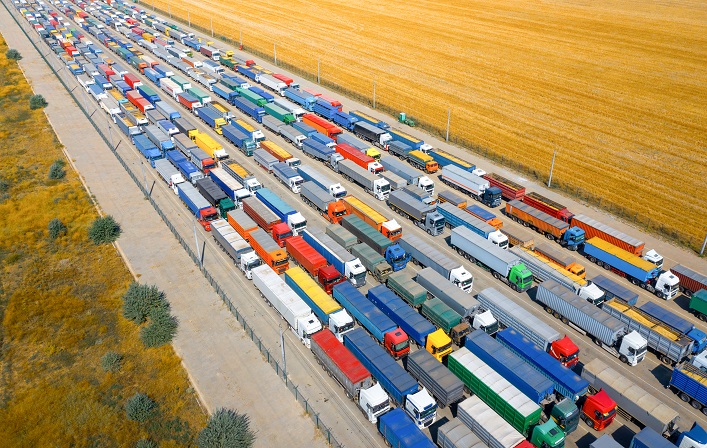The transit of Ukrainian agricultural products through the EU have declined by nearly 80%.


Following Russia’s full-scale invasion and blockade of Ukrainian seaports in 2022, Ukraine began actively utilizing land routes for agricultural exports, significantly increasing transit through the EU. Analysts reported that the maximum volume exported through the borders of neighboring countries reached 3.7 million tons of grain, oilseeds, and processed products in August 2023, at which point the grain corridor established through the Black Sea Grain Initiative agreement had already expired, and Ukraine’s own sea route had yet to commence operations.
The export structure by country is as follows: Romania accounted for 73% of the total exported volume (due to the Constanta seaport), Poland – 14%, Hungary – 9%, and Moldova and Slovakia with 2% each. Establishing its own export route enabled Ukraine to reduce transit through neighboring countries.
In the second half of 2024, the average monthly export volume through these countries fell by nearly 80% from its peak figure, averaging around one million tons of agricultural products. In December, exports across the Romanian and Polish borders declined to 300,000 tons, Hungarian exports to 200,000 tons, and Moldovan and Slovak exports to 10,000 tons.







